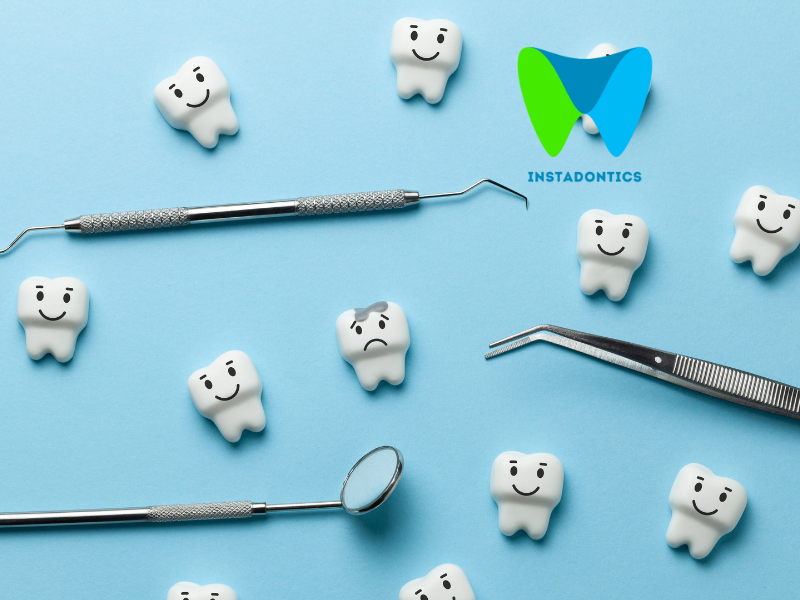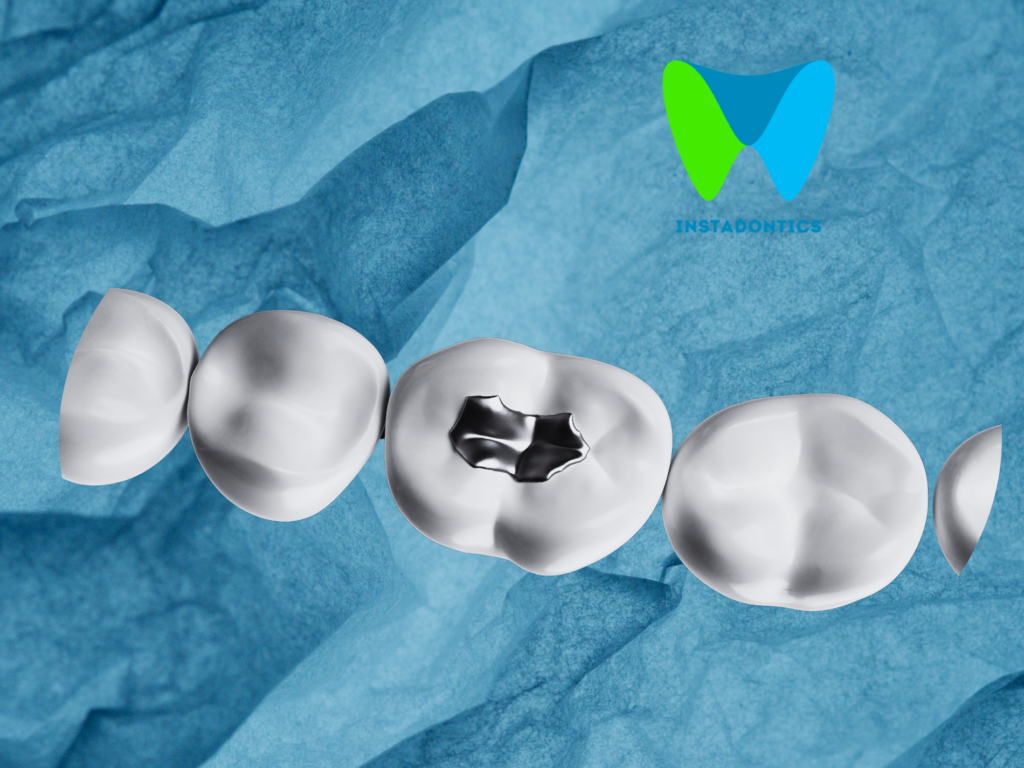What to Do If Your Composite Filling Fell Out | Composite fillings are a popular choice for dental restorations due to their aesthetic appeal and ability to blend seamlessly with natural teeth. However, like any dental work, they can occasionally come loose or fall out. If you find yourself in this situation, it’s essential to know the steps to take to protect your oral health and restore your smile. In this blog, we will explore the reasons why composite fillings may fall out, what immediate actions to take, and how to prevent future issues.
Understanding Composite Fillings
Composite fillings are made from a mixture of resin and glass or quartz particles, providing a durable and natural-looking solution for cavities and tooth damage. They are favored for their color-matching capabilities, making them ideal for visible teeth. Despite their benefits, composite fillings can sometimes become dislodged due to various factors.
Why Do Composite Fillings Fall Out?
Understanding the reasons behind a filling falling out can help you take preventive measures in the future. Common reasons include:
- Decay Around the Filling: If new decay develops around the edges of the filling, it can weaken the bond and cause the filling to loosen or fall out.
- Wear and Tear: Over time, fillings can wear down due to normal chewing forces, especially if they are placed in areas subjected to heavy pressure.
- Improper Bonding: If the filling was not properly bonded to the tooth during the initial placement, it may not hold up as well over time.
- Trauma or Injury: A sudden impact to the mouth, such as from an accident or biting down on something hard, can dislodge a filling.
- Bruxism: Grinding or clenching your teeth can place excessive pressure on fillings, leading to their loosening or loss.
Immediate Steps to Take If Your Composite Filling Fell Out
If you experience a lost composite filling, follow these steps to manage the situation effectively:
1. Remain Calm
While it can be alarming to discover that a filling has fallen out, staying calm is essential. This is a common issue, and there are effective solutions.
2. Assess the Situation
Check the affected tooth and the filling (if you can find it). If the tooth is sensitive, painful, or has sharp edges, take note of these symptoms.
3. Rinse Your Mouth
Gently rinse your mouth with warm water to clean the area and remove any debris. This can help alleviate discomfort and prepare you for the next steps.
4. Avoid Chewing on the Affected Side
To prevent further damage to the tooth or irritation to the area, avoid chewing on the side where the filling fell out until you can see your dentist.
5. Use Temporary Dental Cement (If Necessary)
If you experience discomfort or sensitivity, you can use over-the-counter temporary dental cement to cover the exposed area. This can provide a temporary barrier until you can get to the dentist.
6. Contact Your Dentist
Call your dentist as soon as possible to schedule an appointment. Explain the situation and mention any symptoms you are experiencing. Most dentists will prioritize patients with lost fillings, as it can lead to further complications if not addressed promptly.
What to Expect at the Dentist if Your composite Filling Fell out
When you visit your dentist, they will evaluate the affected tooth and the surrounding area. The following steps may occur:
- Examination: Your dentist will examine the tooth to check for any decay, damage, or other issues.
- X-rays: If necessary, X-rays may be taken to assess the extent of decay or damage beneath the filling.
- Treatment Options: Based on the evaluation, your dentist will discuss the best course of action. This may include:
- Replacing the filling with a new composite material.
- Using a different type of filling if the tooth structure is compromised.
- Addressing any underlying decay before placing a new filling.
- Aftercare Instructions: Your dentist will provide you with aftercare instructions to ensure proper healing and to prevent future issues.
Preventing Future Issues with Composite Fillings
To minimize the risk of losing future fillings, consider the following preventive measures:
- Maintain Good Oral Hygiene: Brush your teeth at least twice a day and floss daily to prevent decay and maintain the health of your teeth and gums.
- Regular Dental Check-ups: Schedule regular dental visits for professional cleanings and examinations. Early detection of decay can prevent issues with fillings.
- Avoid Hard Foods: Be cautious with hard or sticky foods that can put stress on your fillings. If you have a tendency to grind your teeth, discuss this with your dentist.
- Use a Nightguard: If you grind your teeth at night, consider using a custom nightguard to protect your teeth and fillings from excessive pressure.
- Stay Hydrated: Drink plenty of water to help wash away food particles and bacteria that can contribute to decay.
Related: How Much Do Fillings Cost | A Detailed Guide
A lost composite filling can be concerning, but knowing how to respond can help you manage the situation effectively. By remaining calm, taking immediate action, and consulting your dentist promptly, you can ensure that your oral health remains a priority. Remember to maintain good oral hygiene and schedule regular dental check-ups to prevent future issues. If you have any concerns about your dental fillings or overall oral health, don’t hesitate to reach out to your dentist for personalized advice and care. Your smile deserves it!



